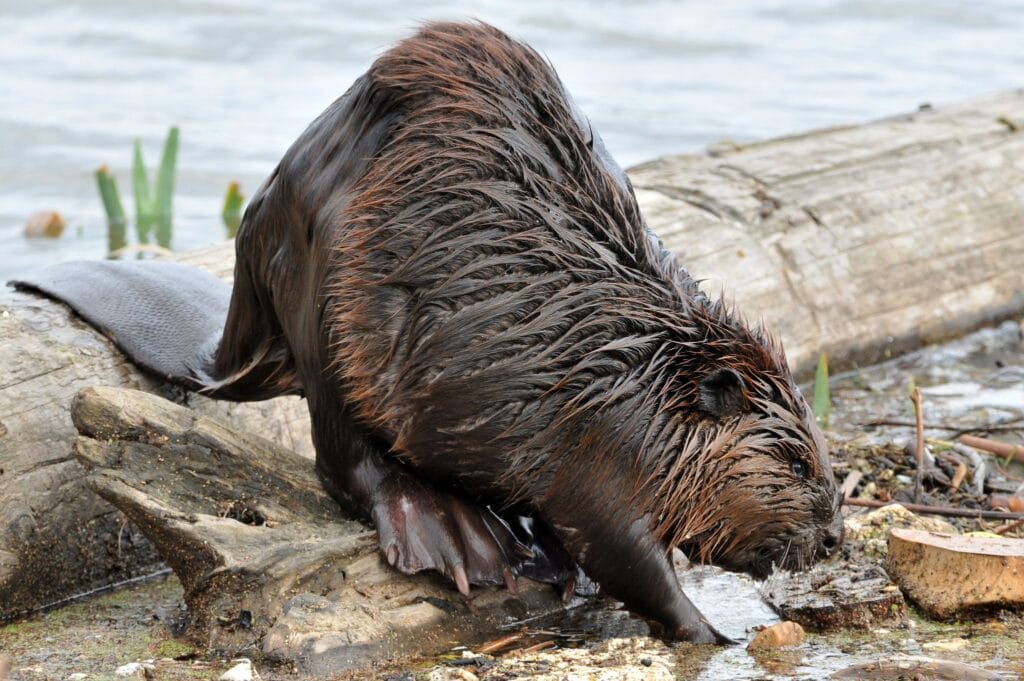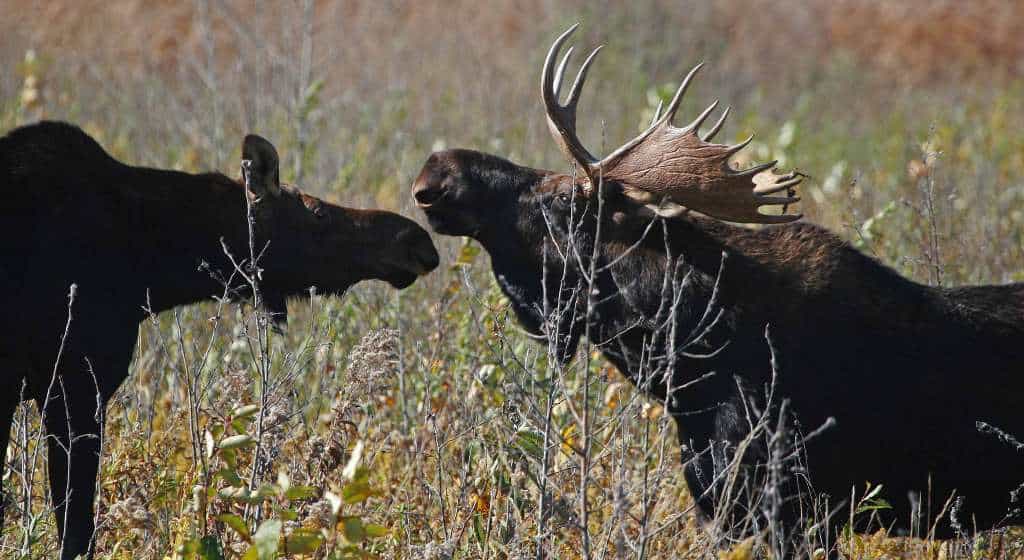
Moose in Voyageurs Park are doing better than in other parts of northern Minnesota, and abundant beaver populations might be a key contributor.
Minnesota’s moose population has declined drastically in the past 15 years. In much of the northeastern corner of the state, the numbers are half what they were in 2005. The possible reasons for the decline are many: whitetail deer and the parasites they transmit, climate change, and a growing wolf population have all been blamed. Much effort has been invested in understanding why, and what can be done to save the species.
But in Voyageurs National Park, the moose population has held fairly steady. Scientists with the Voyageurs Wolf Project now think they know why, as reported in the Star Tribune:
With fewer calves being eaten, a higher percentage of moose may be living long enough to breed, keeping numbers stable even as the population deals with the same threats and diseases that plague moose in the rest of the state, Gable said.
The surprising thing is that Voyageurs has a relatively large wolf population. But, for whatever reason, the wolves inside the park almost never eat or kill moose in the spring and summer, when calves are at their most vulnerable, Gable said.
“We’ve tracked and found over 800 kills of beavers and deer fawns and everything else wolves are eating,” Gable said. Out of all of those kills, only three were moose.
– Wolf researchers in Voyageurs National Park believe unlikely food source may be behind moose success, Star Tribune, August 2, 2020

There are an estimated 3,000 beavers in the park, 10 times more densely populated than elsewhere in Minnesota. An adult beaver can weigh up to 80 pounds, making a good meal for a wolf. They are also easier to catch and kill than a moose, and less dangerous for the wolf.
The ongoing study will next examine a key ecosystem connection. The researchers wonder if the abundant beavers mean more wolves survive the summer season and make it to winter, when they likely turn to moose for their meals.
The research also is limited by the sheer abundance of beavers in Voyageurs, where they have lived relatively unaffected by people for decades.
“Beavers are hyper-abundant but moose densities are very low,” Dr. Steve Windels, Voyageurs National Park biologist, told Quetico Superior Wilderness News. “So, simply not that many moose targets out there. Also, hunting moose requires some experience, and wolves here may never really get a chance to get good at it.”
Moose calf survival seems critical to the population. Studies elsewhere in northern Minnesota have found that up to 60 percent of moose calves don’t survive their first few months, largely due to wolf and black bear predation. With beavers providing a ready food source for wolves during that time, it might help more of the young moose make it to maturity.
Windels says it would be useful to conduct research on wolf-beaver-moose connections elsewhere in northern Minnesota, in places where beavers are less plentiful, to better understand the complex relationships at work.
More Information:

